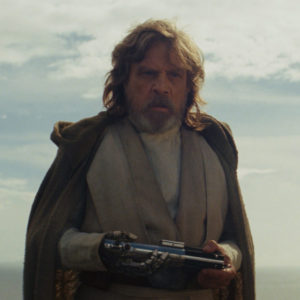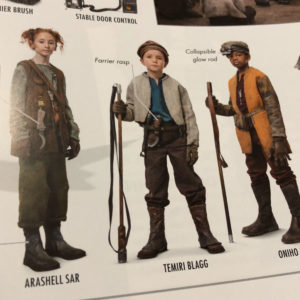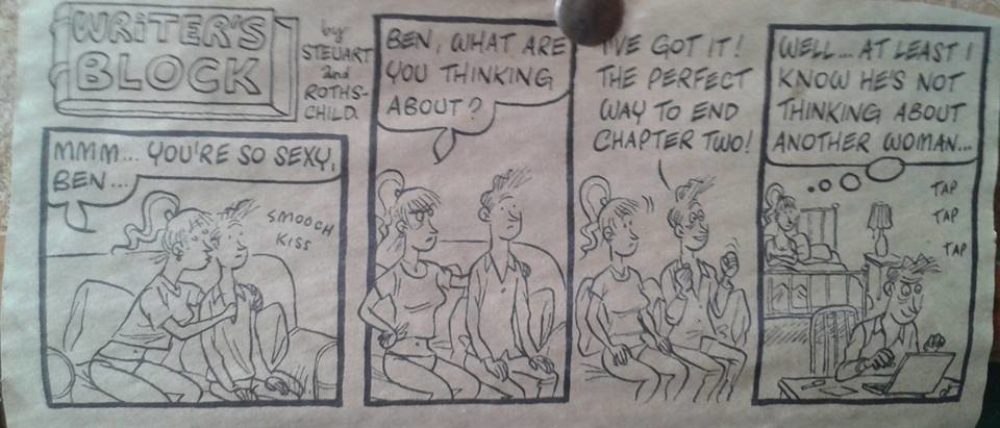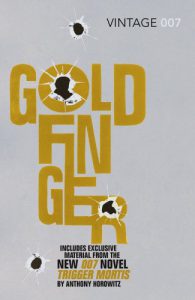
Star Wars: The Last Jedi
Luke Skywalker (Mark Hamill)
Photo: Lucasfilm Ltd.
© 2017 Lucasfilm Ltd. All Rights Reserved.
SPOILERS!
Well, that was fun. It starts as a retread of The Empire Strikes Back, then suddenly fast forwards to the end of Return of the Jedi, and then goes off in a whole new direction (with a brief reprise of the Battle of Hoth from Empire again). Brilliant. It does not kill off Leia, though the temptation must have been strong. It does kill off two prior villains, one minor and one major, both quite unexpectedly, obviously clearing the stage for the Grand Redemption of Kylo in the next one.
And Kylo finally becomes a threat. As ordered by Snoke, he takes off that ridiculous mask. After The Force Awakens, I observed that he is about the same height, if not shorter than General Hux: he certainly lacks his father’s ability to loom. He seems to have made up for that.
Meanwhile: a new hero to root for steps forward unexpectedly from the ranks of supporting characters, and is comfortably outside the usual Hollywood parameters of race, gender and physique for lead characters. Our heroes are in an even tighter spot than they were in the middle of the first trilogy. There are familiar faces that we will probably not see again, even allowing for the marvels modern CGI can perform for dead actors. This is the movie where Star Wars formally moves on.
Yes, yes, yes, but is it any good? I actually have to think about this. I got into it because I knew the back story. Does it actually take care to introduce itself to newcomers? I’m not so sure that it does. You’d have to ask a newcomer. Rogue One remains the best of the “other” movies, for many reasons, one of which being that it is a standalone story: you can come to it sight unseen and still be captivated.
The payoff to the climactic closing scene between Rey and Luke at the end of The Force Awakens is unexpected and hilarious.
And bits came dangerously close to being cute. Not Jar-Jar levels, but cuter than The Force Awakens. The furry penguins that serve no purpose at all apart from cheap laughs. BB8 mugging it up much more than before. Just watch your step, Disney.
On the other hand, as pointed out by my friend Jonathan Oliver, the first major line of dialogue is a toilet joke from Adrian Edmondson. Genius.
I don’t think there have ever been so many people on board the Millennium Falcon. Hope the toilets can cope.
Snoke is still a bloody stupid name. East End gangster, maybe. Evil Galactic overlord – nah.
Leia’s hair continues to challenge. In fact it does more than challenge. It throws down the gauntlet and looks you in the eye, daring you to respond.
I’m honestly surprised more fans don’t make a fuss about JJ Abrams’ notion of astronomical physics, because they are original-series-BSG-level insulting to the intelligence. We’ll allow the swooping and soaring of noisy spaceships: that’s par for the course. But previously we’ve just had it on general principle that things in space are a long distance apart, and you need hyperspace to get there at the speed of plot. Fine. But: in The Force Awakens, we had the planet-busting beam from Starkiller Base being visible across the entire galaxy as a line in the sky; the Millennium Falcon coming down from faster-than-the-speed-of-light to subsonic in the blink of an eye, guided by nothing more than Solo’s reactions; and an apparent unawareness of the fact that planets rotate. Now: out of this window is the planet we are approaching. Out of that window is the interstellar fleet pursuing us. Neither are getting noticeably closer. There are also repeated reference to hyperspace jumps as “lightspeed”. On the plus side, they do use parsec as a unit of distance, which is a first for the Star Wars universe.
I have developed a new Theory of Relativity based on the size/blast power of explosions and the speeds with which space fighters fly past the camera. They are always exactly the same to the audience. TIE fighters scream out of their hangars towards the Resistance: they must be going pretty darn quick. TIE fighters fly in formation above the massed ranks of stormtroopers in their own hangar deck: they must be going slower than the Wright Flyer. Alternatively, an X-Wing’s laser cannon takes out a highly armoured gun on an interstellar dreadnought, or blasts a hole the size of a small car next to a human on a planet who emerges unscathed: to the audience, the explosions are exactly the same size. See? Relativity?
 The ending could never pack the emotional wallop of the last five minutes of Rogue One, because nothing can pack the emotional wallop of the last five minutes of Rogue One. But it packs a softer wallop of its own. The message that there will always be a little light, flickering in the darkness, even if it’s just a spark. That spark can still ignite things. The little boy gazing up at the stars, unconsciously holding his broom like a lightsaber, will become an icon.
The ending could never pack the emotional wallop of the last five minutes of Rogue One, because nothing can pack the emotional wallop of the last five minutes of Rogue One. But it packs a softer wallop of its own. The message that there will always be a little light, flickering in the darkness, even if it’s just a spark. That spark can still ignite things. The little boy gazing up at the stars, unconsciously holding his broom like a lightsaber, will become an icon.
And quite possibly the hero of another movie, further down the line.
For an excellent review exploring other aspects of the movie, see Paul Cornell’s take.

